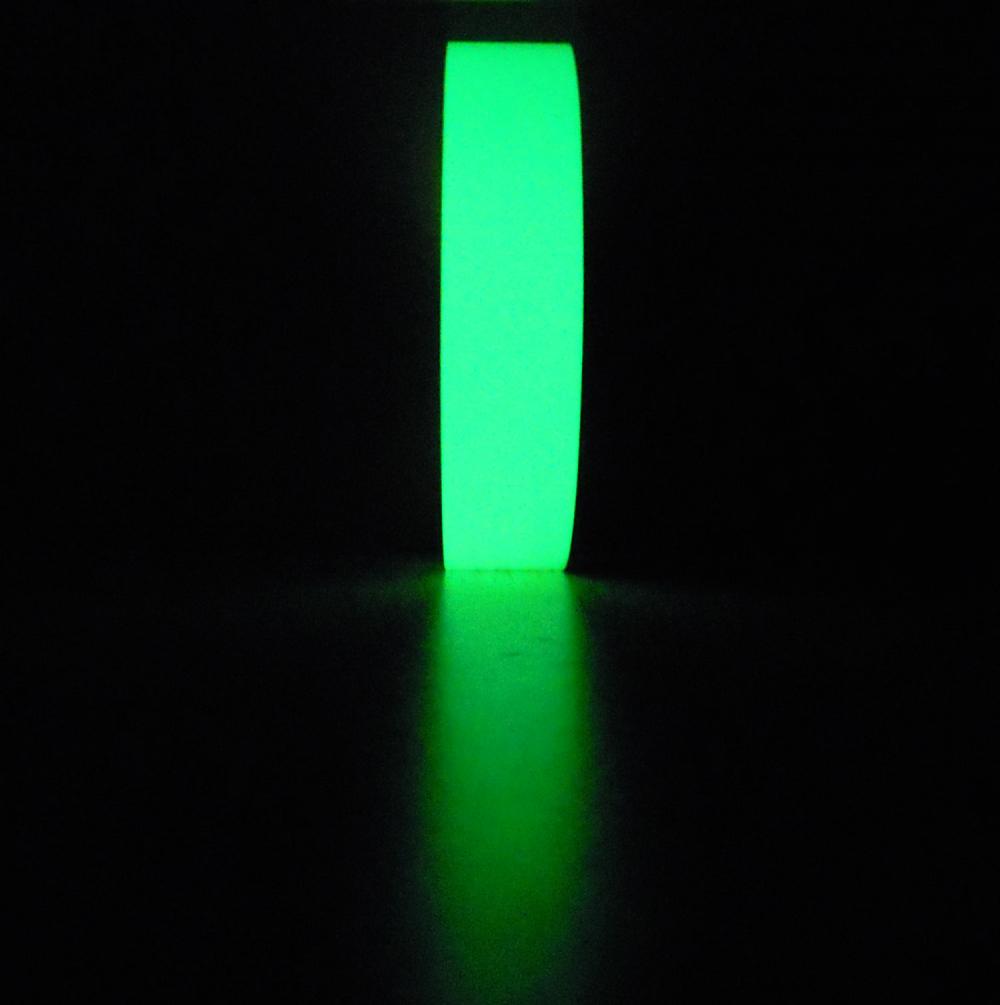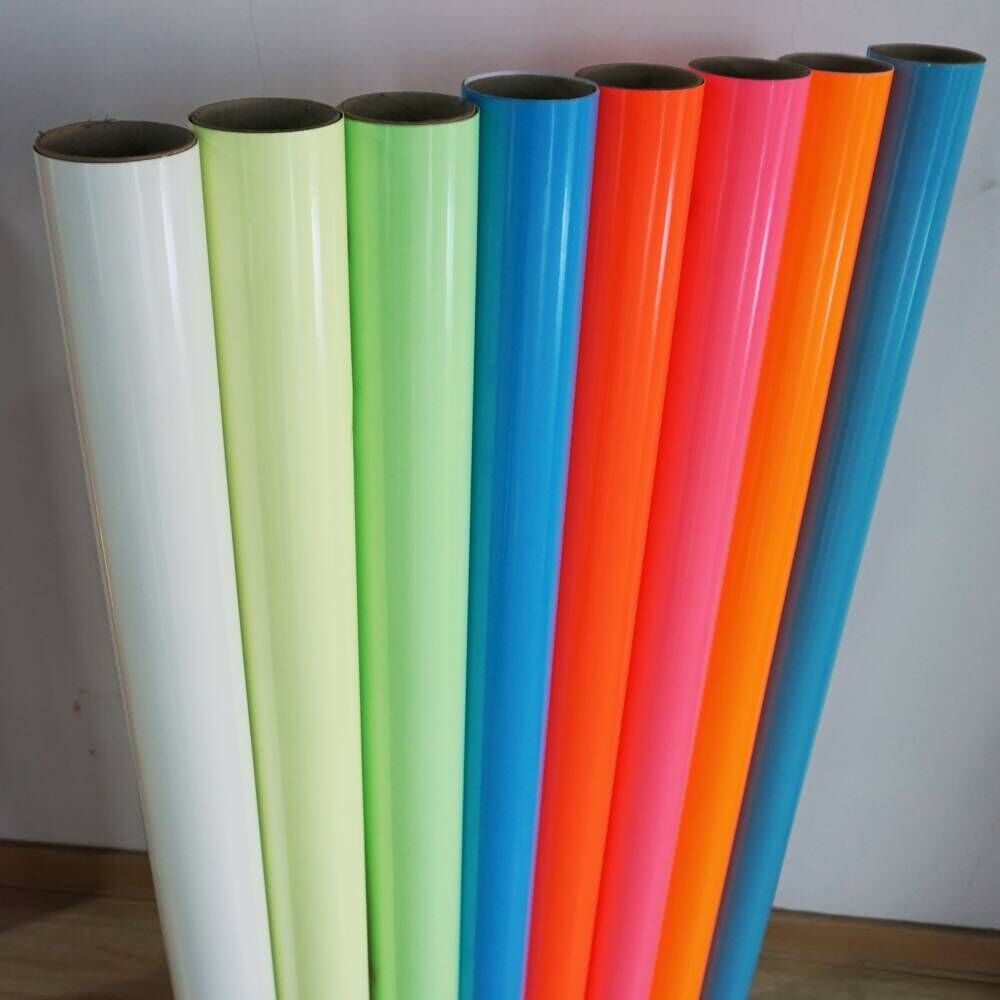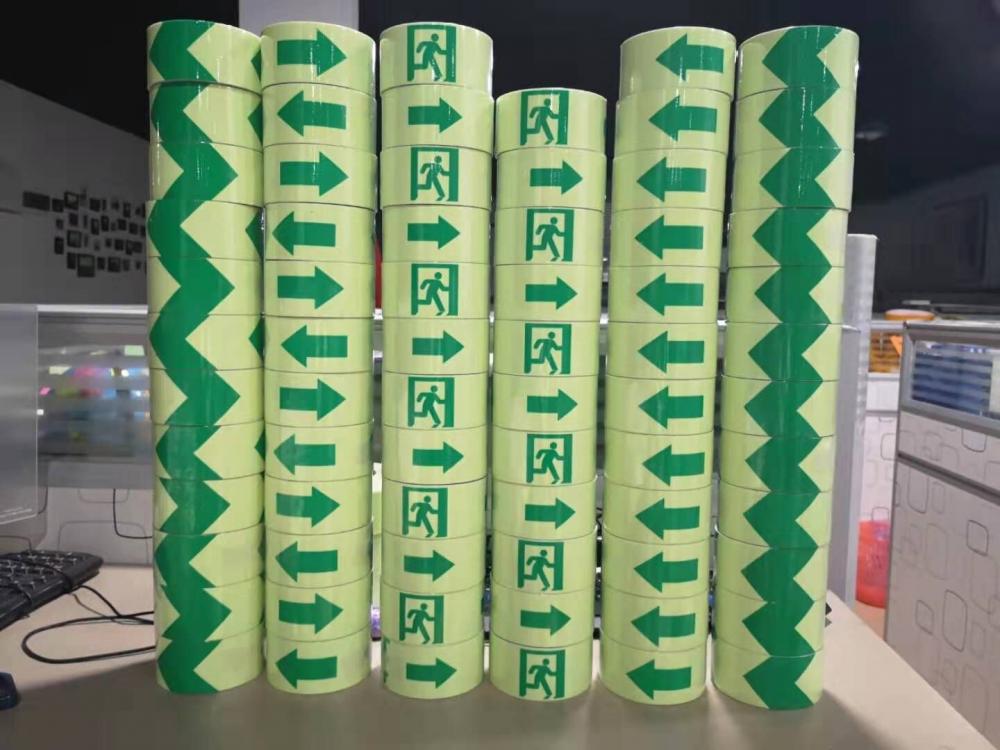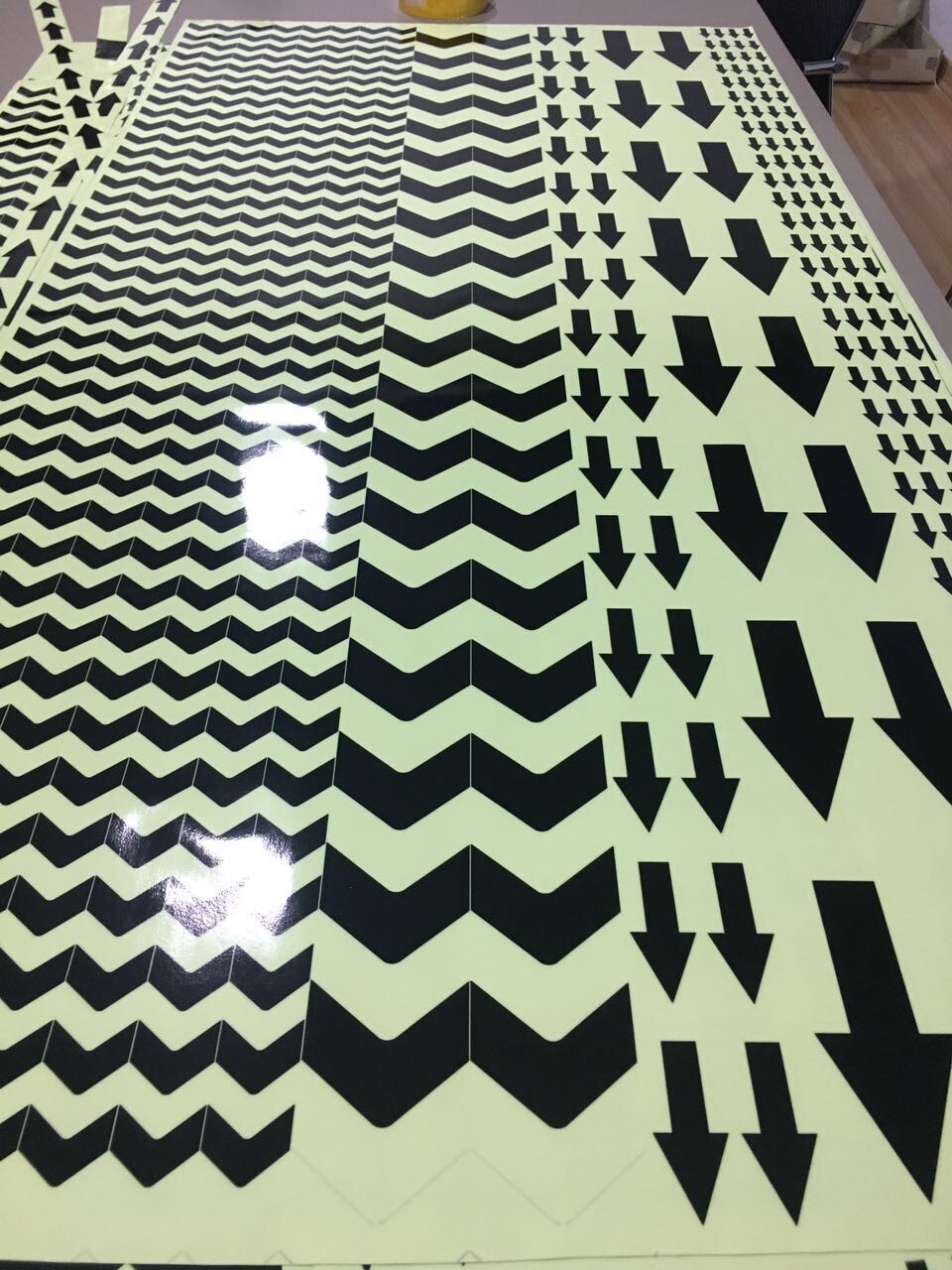As the temperature rises, cowpea growth accelerates. After multiple toppings and pruning, the cowpea plant grows vigorously, with many internodes, and enters the flowering and pod-forming stage. Cowpea first blooms a large number of flowers and concentrated nutrient requirements. The most important thing in this period is to supplement nutrients to ensure normal flower bud differentiation, promote pod expansion, and increase early yield. It is also necessary to prepare for the next crop to bloom and avoid plants. Severe overdraw affects flower bud differentiation.
1. Pruning and sparse leaves, improving ventilation and light transmission
When the planting density is high in the field, pruning and leaf extraction are essential. Ensure that the leaves of the plant are staggered to increase ventilation and light transmission. If there is less light on the inner part of the leaf, it is necessary to properly thin out the inner leaf, and also to remove the excessively dense leaf on the upper part. You can remove 1-2 leaves on each petiole to ensure that the light is more balanced from the top to the bottom of the plant. In this way, it can ensure that the nutritional supply of the upper and lower plants is balanced and sufficient, and each part of the cowpea can quickly pod after flowering to avoid the problem of falling flowers and pods.
2. Pay attention to nourishing and promoting roots
Cowpea blossoms and pods have a large nutritional requirement. Reasonable topdressing can ensure that the plant is adequately nutritious, promote fruit expansion, and increase yield. Unlike solanaceous fruits and melons, the nutritional requirements of legumes are generally the most nitrogenous, followed by potassium and calcium. When topdressing, pay attention to choosing balanced water-soluble fertilizers, but not high-potassium fertilizers, so as not to cause excessive potassium fertilizers, the early expansion of soybean kernels, and affecting the quality of cowpeas. In addition, pay attention to the supplementation of calcium fertilizer. In the past, vegetable farmers only focused on nitrogen, phosphorus, and potassium fertilizers, and insufficient attention to calcium fertilizers, but cowpeas are more sensitive to calcium fertilizers. Calcium deficiency can easily lead to poor differentiation of cowpea flower buds. , The pods are short, the tips are small, the kernels are not full and the problem of lack of seeds is prominent, the yield is low, and the quality is poor.
Therefore, pay attention to choosing the type of nitrogen and potassium fertilizer balance when topdressing. Use 10-15 kg per mu, with 1 liter of suspended calcium in Ishihara Taurus, and 30-50 kg of home-made biological fungus fertilizer. Topdressing during the pod-setting period, nutritional fertilizers and biological bacterial fertilizers should be properly matched and indispensable. Focus on supplementing nitrogen, potassium and calcium fertilizers, balanced nutrition, promote flowering and pod formation, and improve yield and quality. At the same time, with biological bacterial fertilizer, it can activate and improve the soil, inhibit the propagation of pathogenic bacteria, improve the activity of the root system, prevent disease and raise roots, and ensure that the nutrient supply is sufficient and durable.
3. Reasonable foliar topdressing
Plants in the flowering and pod period have great nutritional requirements, and some of the trace elements can be supplemented through foliage, which has fast onset and good effect. Before flowering cowpea, in order to ensure the quality of flowering, you can spray melamine monosilicic acid 1000 times, boron fertilizer 1000 times, molybdenum fertilizer 1500 times, alginic acid 800 times, etc. in advance to see the buds to supplement the trace elements and improve the nutritional status of the plant. Promote flower bud differentiation and improve flowering quality.
During the pod swell period, in order to ensure the pod swell and the second flower bud differentiation, you can spray suspended calcium 1000 times, boron fertilizer 1000 times, Bacillus subtilis 500 times, Trichoderma harzianum 500 times, and chitosan 500 times. The number of beneficial bacteria, improve leaf resistance, prevent disease, and prevent premature leaf senescence.
Disclaimer: Some articles on this website are transferred from the Internet. If third party legal rights are involved, please inform this website to deal with them. phone
Glow In Dark Tape
1. Material and classification of glow in dark tape
We have PET material glow in dark tape and PVC material glow in dark tape. PET material is cheaper but not printable. PVC material support customized printing with low MOQ.
For both materials, we have different kinds according to the glowing time it can last after full charging (0.5hours charging at least). We have 2hours, 4hour, 6hours, 8hours and 10hours according to the glowing period it can last.
2. Colors for choosing
We have light green, pink, orange, red, blue, white for choosing.
3. Features
a. Good ahesion, we use solvent acrylic adhesive, the adhesive is strong and long lasting.
b. Waterproof. Both PET and PVC material are waterproof. Can used for both indoor and outdoor usage.
c. Long service life: 2~3 years even for outdoor usage.
d. Different sizes for choosing: 1.24m x 45.7m log roll, or other customized sizes such as 25mm/ 50mm x 5meters/ 10yards/ 10meters/ 18meters, etc.
e, Accept die cuting to small pieces such as dots, stars, arrows, etc,








Glow Grip Tape,Luminous Adhesive Tape,Waterproof Glow In The Dark Tape,Glow In The Dark Reflective Tape
Kunshan Jieyudeng Intelligent Technology Co., Ltd. , https://www.yuhuanptapes.com